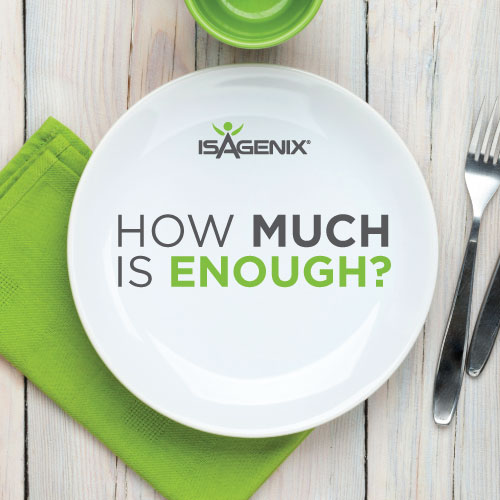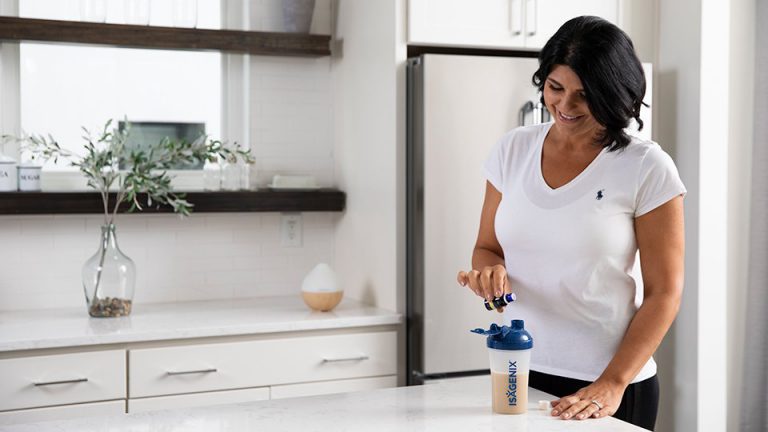Divide and Conquer: Tips on Portion Control
If your eyes sometimes grow larger than your stomach, then you’ve probably discovered how difficult it is to navigate restaurant menus and grocery store aisles. Seemingly everything is “Family Size” or “20% More Free!”
Then there is the nutrition and serving size label on the back: Can you eat only 1 ounce of chocolate?
But fear no more! Despite food continuing to be served in bigger portions, you can keep your portions under control – both to help your weight management goals and ensure proper nutrition intake – without feeling hungry every hour.
How much you eat can be nearly as important as what you eat, so here are some tips and strategies for portion control to help you maintain control of your weight loss goals and healthy lifestyle.
Mind Your Meals. Planning your daily and even weekly meals and snacks is one of the easiest ways to keep yourself on track to help avoid overindulging. After you cook and prepare your meals, divide up those portions into containers for leftovers or your next day’s lunch. Meats, poultry, dairy, and many other staples can last for weeks when properly frozen, and you’ll have pre-built, portion-controlled plates for future meals.
Fill Up With Fiber. We know fiber is crucial for your digestive tract, but a wealth of science suggests fiber and protein work together to promote satiety or feeling “full” (not to mention benefits to your heart, blood sugar, skin, and even life expectancy). This correlates to fewer calories consumed by eating fruits and vegetables, whole grains, nuts, and beans. Isagenix Fiber Snacks™ are a delicious way to increase your fiber intake.
Maintain Variety. You’ve probably heard the expression “eat your colors” when it comes to fruits and vegetables and for good reason. A popular rule of thumb is to leave half of your plate for produce, with the remaining 50 percent split between a protein and either whole grains or legumes. Types of food on your plate (protein, good fats, fiber, carbohydrates), and even textures of your food, can help your stomach reach satiety and feel full.
Stop Before Seconds. Studies suggest it can take nearly 20 minutes for your brain and stomach to send signals and communication to one another not to consume more food. Eating slower can allow time for your brain and body to align and register feeling full. Try extra chewing, putting down your silverware after each bite, or even using utensils with your opposite hand to help you slow down and savor your food’s taste and texture.








